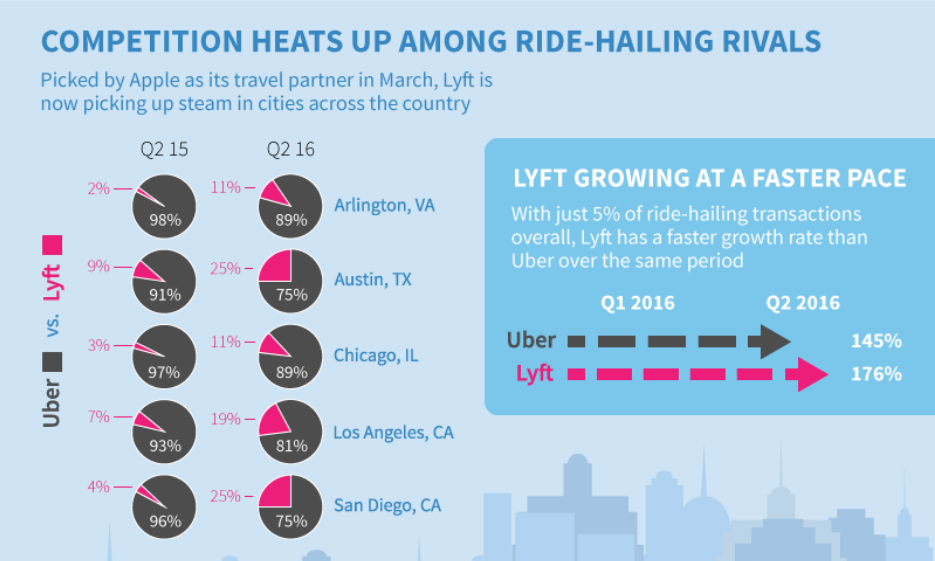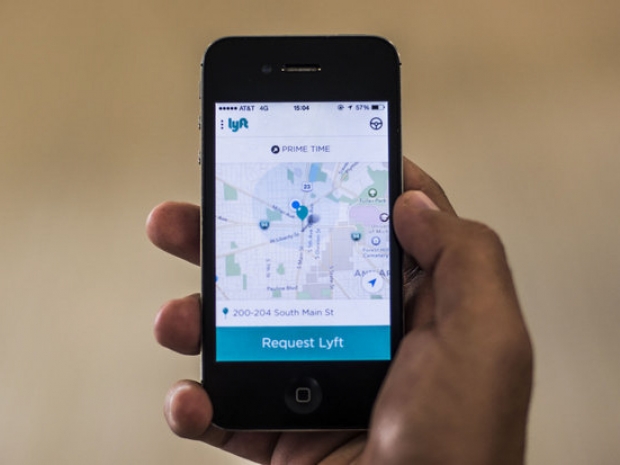Certify, an online travel and expense management service, reports that Uber is currently at the top of the ride hailing market at 75 percent, while traditional taxis account for 19 percent, and Lyft is at 6 percent. These numbers are up 3.3 percent from last quarter, when the transportation services accounted for 48.7 percent of annual business expenses.
The company posts ride sharing statistics by sorting through over 10 million business and their related travel receipts and expenses. More recently, it has found that taxi ridership has declined by 51 percent in the US over the past two years, while rental car services have also declined as well.
Meanwhile, the average cost of an Uber ride has dropped from $25.48 in Q2 to $22.91 in Q3, while taxis fell 9.77 percent from $39.80 to $35.91, and Lyft increased 5 percent, from $20.78 to $21.80. The expense management service also found that Lyft has been growing at a faster rate than its competitors since the beginning of the year, up 176 percent over Uber’s 145 percent despite having only 5 percent of the ride sharing market.

Image credit: Certify.com
The numbers have shown that the crowdsourced transportation services have become more frequently preferred by business travelers than taxi and rental cars combined. While the report does not include numbers from other services such as ZipCar, Getaround, Via and ZimRide, among others, it does indicate that the emerging marketplace may eventually drive down prices given enough demand and the availability of drivers on each service.
Some companies have also begun offering business profiles that allow users to pay for rides on separate personal and business transactions, while integrating useful features that track expenses for work-related trips.
Perhaps a more interesting question would be how ride hailing usage is growing among different global markets and developing countries, and whether riders will continue to use mobile services on their smartphones, embrace taxis and carpooling more frequently, or simply purchase more fuel-efficient vehicles going forward.




